As a biochemist and a woodworker, Dan Gurnon has long been interested in the intersection of science and art.
The associate biochemistry professor arranged for students in a 2011 research class to collaborate with art students and a professional artist, resulting in the four-piece “Villin” steel sculpture that hangs in the Julian Science and Mathematics Center’s atrium.
After a 2015 campus visit by environmentalist and photographer Chris Jordan – who shot the now-famous images of desiccated albatross carcasses teeming with ingested plastics – science research fellows recognized “how powerful his work was and how more compelling it was immediately than perhaps a graph or a statistic would be,” Gurnon says. “They were excited. I said, for your senior year, one of the projects we’ll do for your senior seminar will be to curate this art show.”
The result is the Art of Data, an exhibition running through July 15 at the Richard E. Peeler Art Center that presents scientific data in visually compelling ways. In other words, as art.
“I feel a little uncomfortable saying if something is art or not,” says Gurnon, who pitched the idea of the exhibition to Craig Hadley, Peeler director and curator of exhibitions and university collections. “The way I would define art – and I don’t know if this is right or not or if there is a right answer – but I think it needs to make you feel something. I feel that way with a lot of those works.”
Among the installations are five images depicting the differences in brain activity when a subject makes ethical and unethical decisions. The images, collected during a Rob West-Emily Budde ’18 study, are the only installation in the exhibit that is the product of a DePauw lab. Other installations include a rendering of the Zika virus; an 1854 epidemiological map plotting cholera cases in London; a page from Charles Darwin’s notebook; and a video that demonstrates the evolutionary process.
Meredith Brickell, chair of the art and art history department, says of the exhibition: “I’m willing to talk about it as art. I love that challenge. It’s like, can you engage with this? Can you can engage in a conversation accepting this as art?”
At Peeler, she says, “we have demonstrated – and I think that this Art of Data exhibit is one of the ways we have demonstrated it – our willingness to have this really expansive view of what art is: how we look at it, critique it and move forward from there.”
Hadley, who upon Gurnon’s request promptly penciled in the exhibition for three years hence, said that Peeler “is a good place to have a conversation about the intersection of art and science and talk about the art angle, the science angle, where the two meet – or do they meet? – and I think that’s why something like this is so productive.”
Indeed, Peeler’s mission is, in part, “to stimulate the spirit of inquiry” and the center’s fulfillment of that mission played a part in its accreditation in March by the American Alliance of Museums. It’s a rare distinction; of the 33,000 museums in the country, only 1,070 – of which only a fraction is affiliated with a university – are accredited.
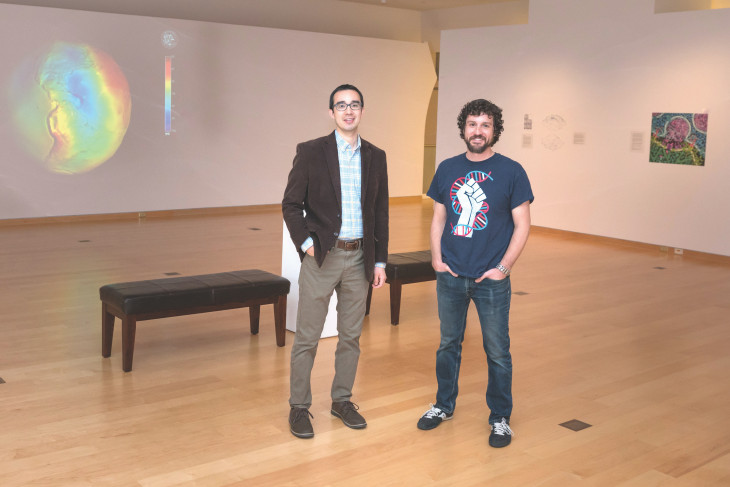
The accreditation “reinforces the idea that our collections are teaching collections. They’re here in service of the public,” Hadley says. “We hold them in trust for the public good; that means both for community researchers but also our students and faculty.”
For the five-plus years that Hadley has been preparing the accreditation application, he also has been collaborating with the Art and Art History Department, which had been working even longer to create a museum studies minor. DePauw’s faculty approved the minor in November; that the accreditation came just five months later was a bit of serendipity, he says.
Those events also coincided with the rollout of DePauw’s Gold Commitment, a guarantee that any student who has met curricular and cocurricular requirements but has not found a job or been admitted to graduate school within six months of graduation may return to DePauw for a tuition-free semester or will be given a full-time job with a university partner.
“The commitment and initiatives of the last one to two years have spoken about hands-on, experiential learning and integrating classroom and curricular, cocurricular, hands-on practice and academic coursework,” Hadley says. “This is exactly what this (exhibit) is doing.”
DePauw Magazine
Summer 2018
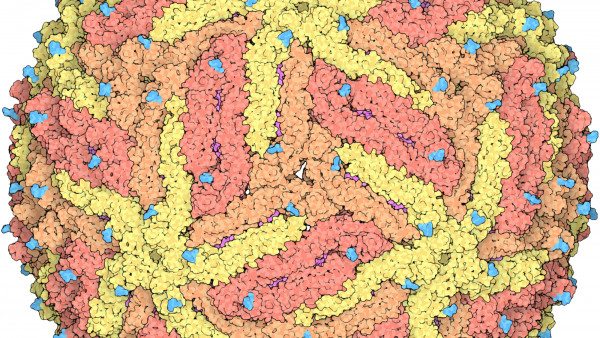 Art and science and serendipity
Art and science and serendipity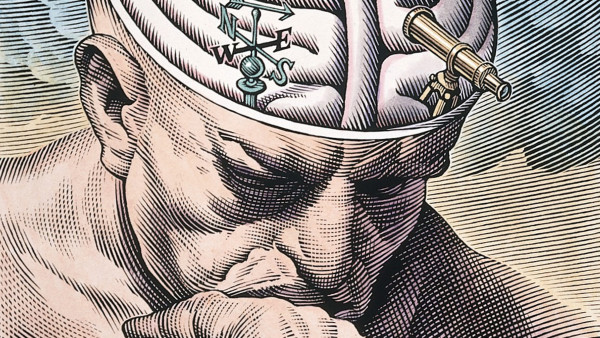 Encouraging an ethical ethos
Encouraging an ethical ethos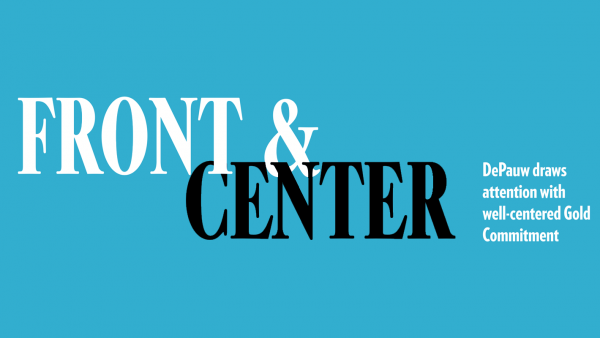 Front & center
Front & center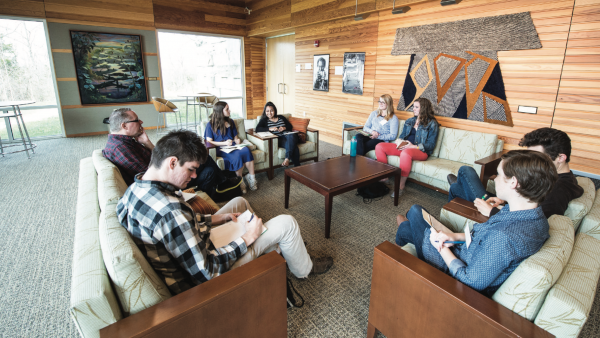 Prindle’s Purpose
Prindle’s Purpose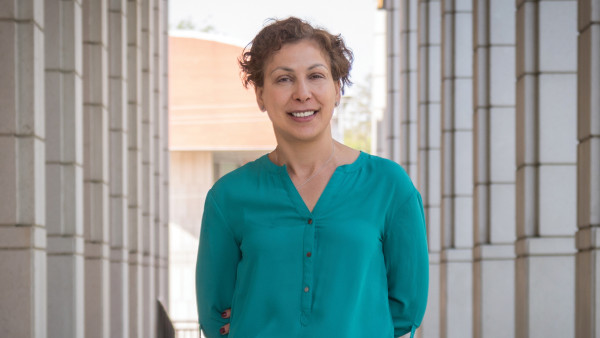 Ethics in disciplines
Ethics in disciplines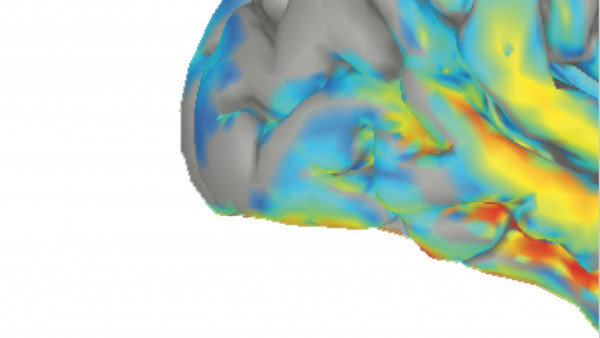 Your brain on ethics
Your brain on ethics
DePauw Stories
A GATHERING PLACE FOR STORYTELLING ABOUT DEPAUW UNIVERSITY
Browse other stories
-
Athletics
-
Men's Basketball - Tigers Extend Win Streak to Six with Overtime Win at Augustana
-
Women's Basketball - DePauw Wraps up Hasbrook Tournament with 60-30 Win over Ohio Northern
-
Women's Basketball - Strong Fourth Quarter Lifts Trine to Comeback Win over DePauw
More Athletics
-
-
News
-
Student and Professor Share Unexpected Writing Journey
-
Four in a Row! DePauw Wins 131st Monon Bell Classic
-
Jim Rechtin '93 Featured in Fortune Magazine
More News
-
-
People & Profiles
-
Entrepreneurs Eric Fruth ’02 and Matt DeLeon ’02 Are Running More Than a Business
-
Rick Provine Leaves Legacy of Leadership and Creativity
-
History Graduate Cecilia Slane Featured in AHA's Perspectives on History
More People & Profiles
-
-
Have a story idea?
Whether we are writing about the intellectual challenge of our classrooms, a campus life that builds leadership, incredible faculty achievements or the seemingly endless stories of alumni success, we think DePauw has some fun stories to tell.
-
Communications & Marketing
101 E. Seminary St.
Greencastle, IN, 46135-0037
communicate@depauw.eduNews and Media
-
News media: For help with a story, contact:
Bob Weaver, Senior Director of Communications.
bobweaver@depauw.edu.